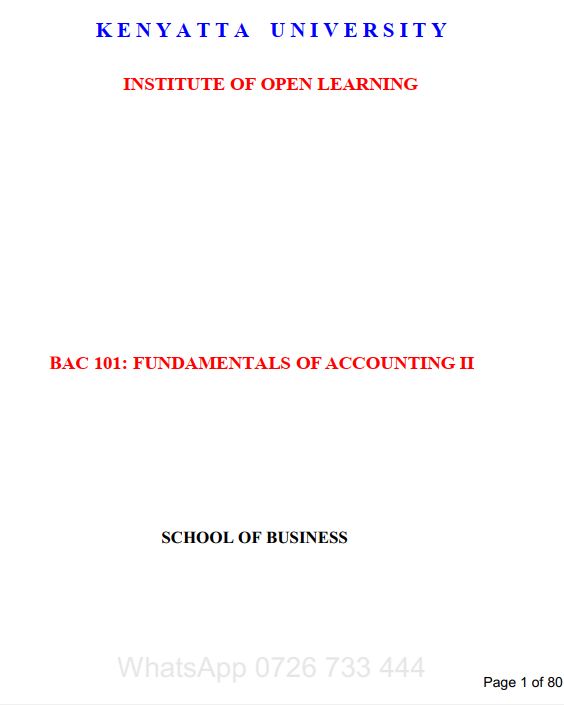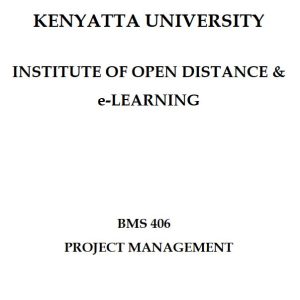Description
CONTENTS
LESSON ONE: Partnership Accounts
- Appropriation A/C
- Current Accounts
- Appropriation Account
- Partnership Loans
- Balance Sheet
- Fixed Assets
- Valuation Of Goodwill
- Capital Accounts
- Partner’s Capital Accounts
- Revaluation
- Current Assets
LESSON TWO: Company Accounts
- 2.0 Types of Companies
- 2.1 The Balance Sheet
- 2.2 Types of Shares
- 2.5 Accounts of Companies
LESSON THREE: The Accounts of Non-Profit Organisations
- 3.2 Sources of Income for Non-Profit Organisations
- Funds of Non-Profit Organisations
- The Receipts and Payments Account
- 1.0 Membership Subscriptions
- Subscriptions Account
- 3.3 Accounting for the Sale of Investments and Long-Term Assets
- 3.4 Income Statements
LESSON FOUR: Cash Flow Statements
- 4.2. IAS 7 Cash Flow Statements
- Objectives of IAS 7
- Benefits of Cash Flow Information
- Cash and Cash Equivalents
- 4.4 Presentation of a Cash Flow Statement
- Operating Activities
- Investing Activities
- Financing
- Reporting Cash Flows from Operating Activities
- Using the Direct Method
- Using the Indirect Method
- Indirect Versus Direct
- Interest and Dividends
- Preparing Cash Flow Statement
- Working: Non-Current Asset Disposals
- Cost
- Accumulated Depreciation
- Capital and Reserves
- Notes to the Cash Flow Stastement
- The Advantages of Cash Flow Accounting
- Criticisms of IAS 7
LESSON FIVE: Interpretation Of Financial Statements
- 5.1 The Broad Categories of Ratio
- 5.2. Profitability and Return on Capital
- Capital Employed
- Return on Equity (ROE)
- Analyzing Profitability and Return in More Detail: The Secondary Ratios
- Profit Margin
- Long-Term Solvency: Debt and Gearing Ratios
- Gearing/Leverage
- The Implications of High or Low Gearing/Leverage
- Interest Cover
- Cash Flow Ratio
- Short-Term Solvency and Liquidity
- The Cash Cycle
- Liquidity Ratios: Current Ratio and Quick Ratio
- Efficiency Ratios: Control of Receivables and Inventories
- P/E Ratio
- Dividend Yield






Reviews
There are no reviews yet.